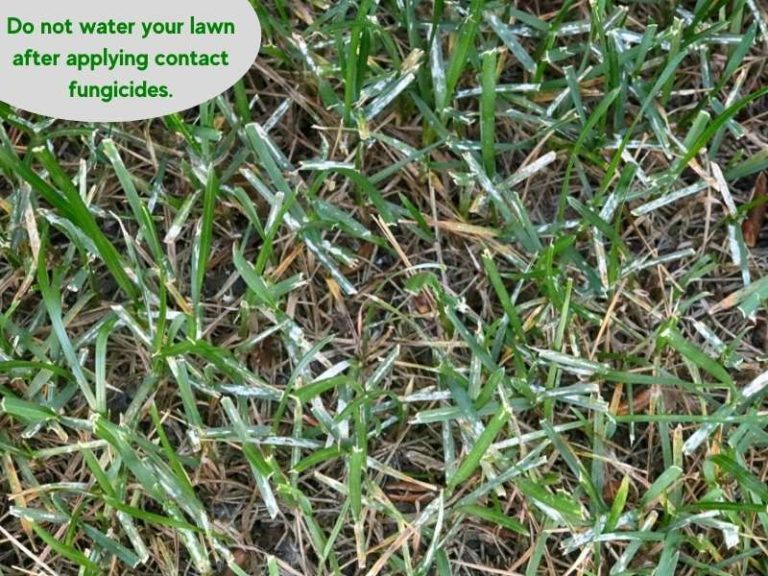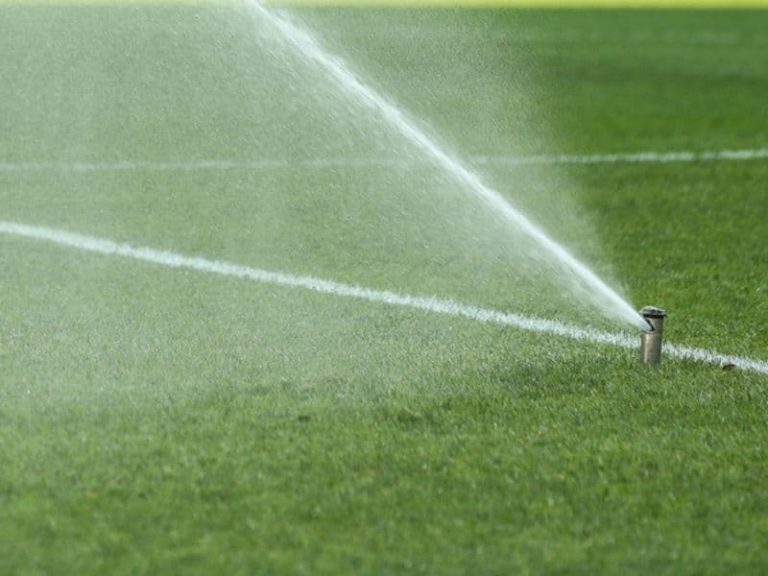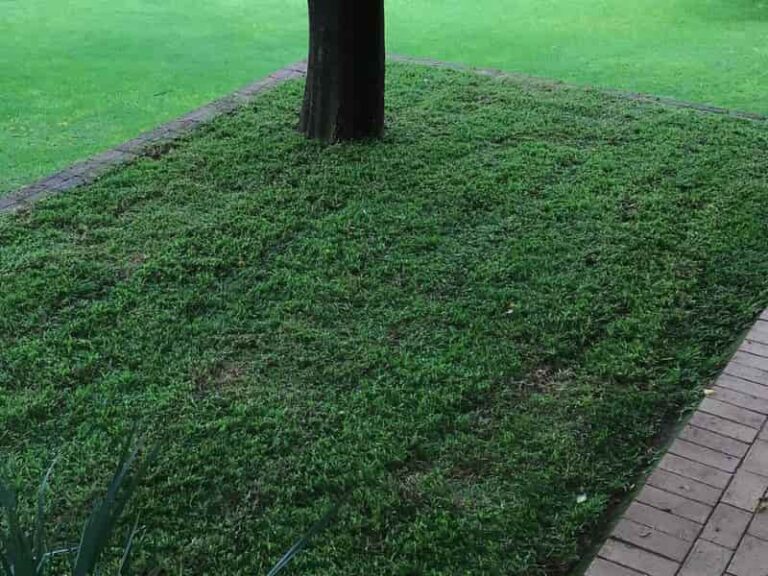Ornamental Grasses for Wet Areas
Ornamental grasses add flair to your lawn. Their dramatic growth habit, exceptional features, and hardy nature make them ideal as an add-on on any lawn. Ornamental grasses prefer full sunlight. Some of those grasses thrive in wet soils. They have diverse needs and you can find them in USDA zones 2 to 9.
Common ornamental grasses for wet areas include Prairie Cordgrass, Northern Sea Oats, Indian Grass, Switch Grass, Big Blue Stem, Blue joint reed grass, and Blue Love Grass. These grasses can thrive and naturally grow on river banks, lakeshores, water gardens, and flooded plains.
If you live in an area with seasonal floods and are looking for beautiful grass that will hash out tough weather conditions, you’re in the right place.
Can ornamental grass grow in water?
Ornamental grass can grow in soggy soils such as swamps, roadside ditches, marshes, low areas along the rivers and ponds, poorly drained areas of vacant fields, and water gardens. They have an extensive root system and don’t need to be mowed like other grasses. They can survive in hardy conditions and require minimum care.
Wet areas require special kinds of grass foliage. These areas have poor drainage that creates poor soil conditions for most plants to survive. Ornamental grasses that thrive in wet areas have adapted to moist conditions by sprouting small flowers and developing deep roots.
They also take advantage of the rich ecosystem of algae underwater on which they feed.
Aside from their ornamental purpose, other uses for ornamental grasses in wet areas include;
- Soil erosion control
- As an attractive accent in a water feature
- Used for hedging
- Supports insects and birds
Most ornamental grasses in wet areas have a high disease and pest resistance. However, improper growing conditions, exceptionally low light, poor air circulation, and excessive fertilization lowers their defenses against pest and disease.
Soil moisture is not the only thing to consider in growing ornamental grasses in wet areas. Consider the grass type, light conditions, soil type, and temperature tolerance.
Ornamental grasses that thrive in wet areas, such as cordgrass, northern sea oats, and switchgrass, are warm-season. They do well when the temperatures are high and the soil is warm.
However, observe ornamental grasses keenly. They have an aggressive growth and spreading habit that makes them invasive.
Types of ornamental grasses for wet areas
Ornamental grasses are preferred for their striking colorful appearance, texture, and movement when the wind blows. They are also known to have multi-seasonal reliability and toughness. Most ornamental grasses are perennial, living for two or more years.
Not all ornamental grasses do well in wet areas. If you have a wet garden or soggy soil, these are some of the ornamental grasses that you should consider growing.
Switchgrass (Panicum virgatum)
Switchgrass is a North American native grass that does well in swamps, coastal areas, and wet soils. It grows 4 to 5 feet tall in clumps and spreads by rhizomes. The fine-bladed foliage changes color depending on the season. It goes from red to yellow to gold in summer and turns tan in winter. It reseeds occasionally, but it is not invasive.
Because of its wet-area resistance qualities, Panicum virgatum is mostly used to reduce soil erosion and restore damaged soil. It is also used as a perennial border or screening in the garden.
Newly developed cultivars are better suited for landscapes and gardens.
Like most native grasses, switchgrass is perfect as a pasture for wildlife and a habitat for birds and insects. It has high resistance to pests and diseases, depending on the cultivar and region.
Switchgrass cultivars include Cape Breeze, Purple Tears, Northwind, and Heavy Metal.
Big Bluestem(Androgopon gerardii)
Big Bluestem is a green or blue-green dominant prairies of tall native fescue. It grows between 4 and 8 feet tall and 2 feet wide. The blue-green color is noticeable during summer. It turns to copper-red in fall.
This grass thrives in full sun, has an extensive root system, and grows in narrow clumps.
It is commonly used as food for livestock and a habitat for insects, birds, and butterflies. It is used as ornamental grass in horticulture. Also, despite its slow growth, it’s important in soil erosion control in slopes and natural meadows.
Under optimum conditions, it can reach up to 10 feet tall. It’s considered too tall for home landscaping. However, it is a top choice for habitat restoration.
Bluejoint Reedgrass (Calamagrostis canadensis)
Bluejoint Reedgrass is a native grass species found in the U.S, Canada, and Greenland. This species is mostly used in marshes, wet areas, and meadows. It grows 3 to 5 feet tall and up to 3 feet wide.
It starts out purple, with the flowers turning tan around July. In winter, it assumes a brilliant blonde color.
It is also considered an attractive, low-maintenance marsh plant. Bluejoint has aggressive rhizomes that require maintenance in the landscapes, but it’s useful as a streambank stabilizer for lakeshores and ponds.
Indian Grass (Sorghastrum nutans)
Indian yellow grass is native ornamental prairie. It grows up to 3-6 tall grass and 3 feet wide. Its colors vary from yellow to orange to purple in the fall. It has blue-green blades with a dark gold seedhead that plumes in the late summer to enrich the landscape.
It readily self-seeds, but it’s not invasive. Indian Grass prefers full to partial sunlight and moist to dry conditions. Indian yellow grass tolerates various soils, including loam, clay sand, and gravel.
It is used for soil erosion control, natural meadows, and perennial borders. It is too tall for home landscaping, but it’s a great fit for a conservation landscape.
Prairie Cordgrass (Spartina pectinata)
Did you know Prairie Cordgrass is deer-resistant?
Also known as Freshwater Cordgrass, Prairie Cordgrass is a warm-season perennial grass. This is a native species that thrives in moist to wet areas.
Prairie Cordgrass can adapt to different soils if there is enough moisture. It grows up to 5-7 feet tall and can spread very fast unless controlled. It prefers full to partial sunlight.
It has short woody rhizomes perfect for minimizing soil erosion. It is a nesting habitat for most wetland animals.
It’s most prevalent in swamps, roadside ditches, ponds, and marsh edges.
Northern Sea Oats (Chasmanthium latifolium)
Northern Sea Oats is a low-maintenance native perennial grass with a ravenous appetite for water. The flowers of Northern Sea Oats can grow to 2-3 feet tall and 18 inches wide.
This grass has unique seed heads that resemble oat heads, giving it the name. The seed heads make it one of the most attractive ornamental grasses. It has flat drooping green flowers that start out lime green and slowly turn brown in summer and eventually copper brown in winter.
Northern Sea Oats grass has a fibrous root system that grows into rhizomes. This grass is aggressive and thrives in wet soils and partial shade. It may need additional water during a drought.
Northern Sea Oats grass is a vital food source for birds and bugs, especially caterpillars.
Honorable mentions
Other ornamental grass varieties include Northern lights, Tufted Hair Grass (Deschampia caespitosa), and Blue love grass (Eragrostis chloromelas).
There are other grass-like perennials that thrive in wet areas such as rushes, ferns, and sedges such as Japanese sedges, Fox sedges, and Gray’s sedges. They can withstand wet soil but lack the attractive appearance of ornamental grasses.
Maintenance and care of wet-area ornamental grass
- Most ornamental grasses turn brown during winter. Therefore, cut to about 4 inches to allow them to grow in the next seasons. They grow longer in winter.
- In areas prone to fire, you should cut back a few inches to reduce the chances of a fire hazard.
- Most ornamental grasses grow by forming clumps and are therefore non-invasive. However, those that spread by rhizomes are exceptions. They tend to choke other plants.
- Through self-seeding and the root rhizome, ornamental grass can spread aggressively and become invasive. Constantly monitor the grass’ growth and divide the clumps in the middle.
- Water your grass the first season after planting and during drought. The amount of water and fertilizer depends on grass species, size, location, and the growth rate of the grass.
- Cultivate to control weeds and apply only one pound of slow-release nitrogen fertilizer per 100 square meters if necessary.
Reference
- University of Missouri Extension; Ornamental Grasses: https://extension.missouri.edu/publications/g6661





